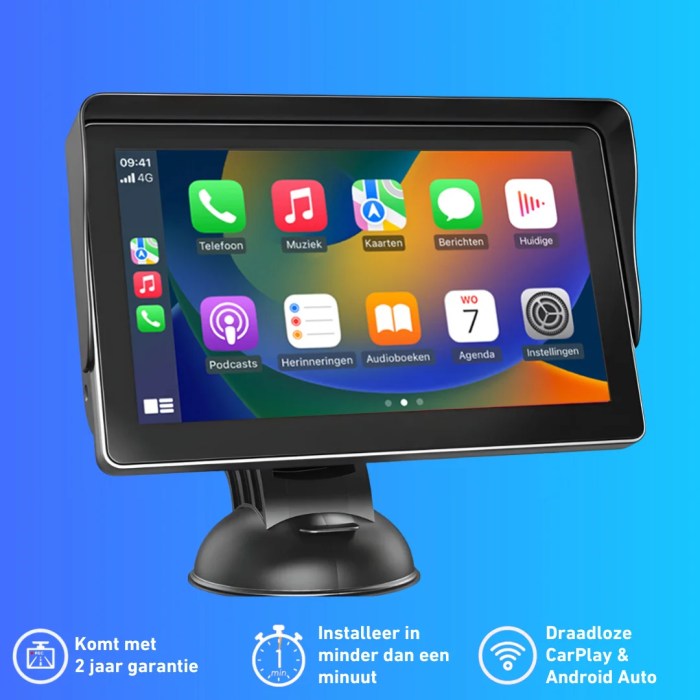- Recognize the WordPress dashboard and how to use it: The WordPress dashboard is your website’s main command center. There, among other things, you can manage articles, pages, media, comments, plugins, and themes. You can use the menu on the left side of the screen or the search bar at the top of the page to move around the dashboard.
- Become familiar with installing and configuring plugins and themes. Plugins and themes are what give WordPress its flexibility and power. You can either perform a search in the WordPress repository or manually upload a plugin or theme to your website. You can customize the plugin or theme after installation.
- Develop your skills in the creation and administration of posts, pages, and media: Any website depends on its content to survive. You can write posts and pages using the WordPress editor or upload files like photographs and videos to create content. You can organize, update, and delete your material using the WordPress dashboard.
- Recognize the fundamentals of SEO and how to enhance your content: SEO, or search engine optimization It is the process of making adjustments to your website to make it more search engine friendly. You may make sure your material is optimized for search engines by using SEO plugins, keyword analysis, and other strategies.
- Become familiar with widget usage and sidebar customization: Widgets are quick bits of code that you may add to the sidebar of your website. They can be used to show content like categories, most recent posts, or a search bar. You can drag and drop widgets into the sidebar section to personalize it.
- Have a basic understanding of WordPress security and how to safeguard your website: Every website should prioritize security. Use secure passwords, update your WordPress installation, and use security plugins to safeguard your website.
- Become familiar with WordPress shortcodes and custom fields: Small pieces of code called shortcodes can be used to add content to your website. Posts and pages can contain data that can be added to custom fields. You can use one of these features to give your website more functionality.
- Recognize how to make advantage of WordPress’s default capabilities, including post formats, custom post types, and custom taxonomies: Different content types, such as normal posts, video posts, and audio posts, are referred to as post formats. Different sorts of material, such books, movies, and events, are considered custom post types. Content can be categorized and organized using custom taxonomies.
- Acquire familiarity with WordPress’s built-in user roles and capabilities. WordPress features a built-in user system that enables you to give various users various responsibilities and skills. You can do this to limit who has access to particular parts of your website.
- Develop your own menus and navigational systems: For users to navigate your website, menus and navigational structures are crucial. You may use the WordPress menu editor to create menus and sub-menus to create a custom menu.
- Recognize how to upload and manage media files, as well as how to use WordPress’ built-in media library: All of your media files may be kept and managed in the WordPress media library. Use the WordPress media uploader to add media files. You may manage media files by organizing, editing, and deleting them using the WordPress media library.
- Understand how to regulate comments and how to use WordPress’ built-in commenting system. Visitors may make comments on your articles and pages using WordPress’ built-in commenting system. You may approve, remove, or flag comments as spam using the WordPress dashboard to regulate comments.
- Recognize how to make use of WordPress’s included SEO tools: You may improve your website’s SEO using a variety of WordPress’s built-in SEO capabilities. These capabilities allow you to add meta tags, make sitemaps, and other things.
- Acquire familiarity with WordPress’ built-in multisite capability, which enables you to build many websites using a single WordPress installation. If you wish to build many websites for various reasons, this might be helpful.
- Be familiar with how to utilize the built-in theme customizer in WordPress. This tool lets you alter the appearance and feel of your website without having to change any code. The theme customizer lets you alter the colors, fonts, and other features of your website.
- Discover how to make unique page layouts using WordPress’ built-in customizer: You may design unique page layouts with the WordPress customizer as well. This might be helpful if you want to give your website a distinctive appearance.
- Recognize how to alter your website’s appearance with WordPress’ built-in customizer: You may alter the colors, fonts, and other design aspects of your website with the WordPress customizer.
- Discover how to make custom widgets using WordPress’ built-in customizer: Small pieces of code known as widgets can be put to the sidebar of your website. You may construct unique widgets using the WordPress customizer to show material like recent posts, categories, or other custom widgets.
- Discover how to make custom post types and taxonomies with WordPress’ built-in customizer: Different types of content and categories may be utilized to organize material using custom post types and taxonomies. Custom post types and taxonomies may be made using WordPress’ customizer.
- Know how to build custom fields and user roles using WordPress’ built-in customizer: Custom fields and user roles are types of information that you may use to limit who has access to particular parts of your website. You may build custom fields and user roles using the WordPress customizer.
Only new tips and ideas









